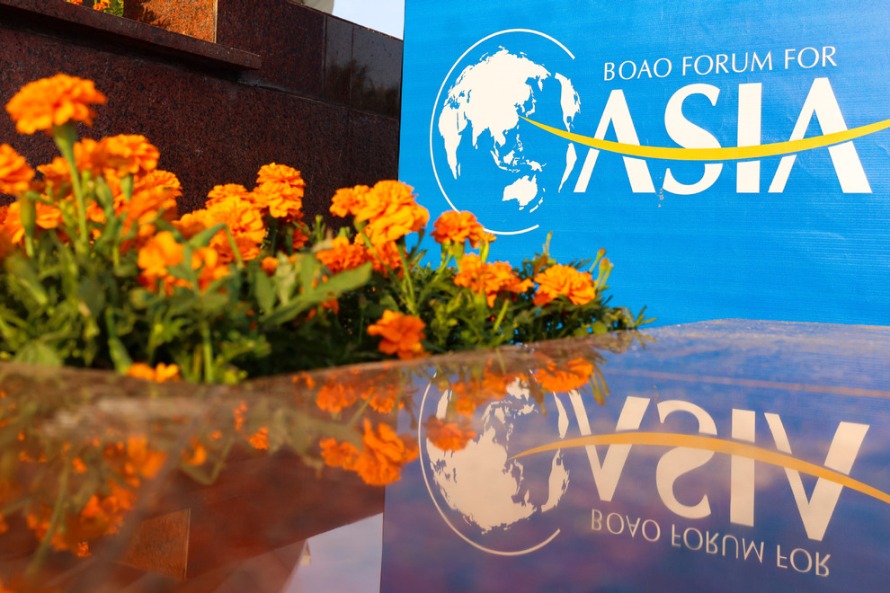China's lunar mission to open up scientific possibilities
By Zhang Zhouxiang | chinadaily.com.cn | Updated: 2024-09-29 14:38

For those who dream of living on the moon or other celestial bodies some day, the news of Chang'e 7 and Chang'e 8, two lunar missions to be sent by China in 2026 and 2028, respectively, means their dream has moved a step closer to becoming a reality.
The announcement of China National Space Administration on Wednesday said Chang'e 7 will explore the "south pole" of the moon and obtain information on the lunar inner ring structure, mineral/element components, electric and magnetic fields, heat flow and gravity fields, and study the distribution and sources of "lunar water" and volatiles and confirm the possible presence and source of "water ice" on the moon. The mission will also photograph the energetic neutral particles in the Earth's magnetotail with high spatial, time and energy resolution, as well as study the lunar environment, including the surface magnetic field, lunar dust and radiation to elucidate the causes of surface magnetic anomalies.
Way back in 1996, the United States said data from its Clementine mission showed the "presence of water ice" deposits at the bottom of a permanently shadowed crater in the region. This claim, although initially dismissed by studies at the time, is supported by new research. It is now generally believed there is water ice deposit(s) at the south pole of the moon.
Apart from possible water resources, the south pole of the moon has a relatively stable temperature, as the sun hovers below or just above the horizon (as seen from the south pole of the moon). Water and mild, stable temperatures could make the south pole of the moon livable for humans and conducive to maintaining advanced, precision-based devices.
Based on the findings of Chang'e 7, Chang'e 8 will test the possibility of onsite use of resources on the moon, and thus lay the foundation for China's lunar science station. The ability to use onsite resources on the moon is a prerequisite for humankind's permanent residence on the only natural satellite of Earth because its distance of 380,000 kilometers from Earth makes the cost of transporting essentials and other supplies unbearably high.
That's why the CNSA said it plans to build a "basic version of a lunar station" by about 2035 — if the findings of Chang'e 7 and Chang'e 8 are favorable.
A lunar station built by China will be a good platform for other space-exploring countries, too, as China has always been open to cooperation in space exploration and research. The fact that China had signed more than 150 intergovernmental aerospace cooperation agreements with more than 50 countries and international organizations by November 2023 is proof of that.
China has already agreed to cooperation programs with some other space-exploring countries on its space station, while Chinese rockets have released the satellites of other countries into space. No wonder many expect China's planned lunar station to advance lunar exploration and research for the benefit of all humankind.
























